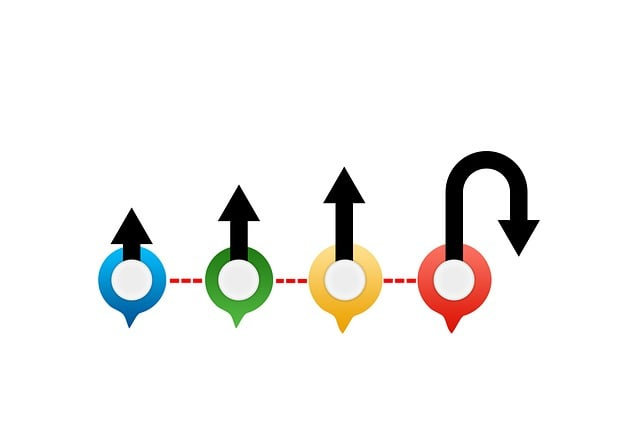
The Evolution of Backlinks: From 2010 to 2025
Introduction: Why Backlinks Have Always Mattered
Backlinks have been the backbone of search engine optimization (SEO) since the very beginning. Think of them as digital “votes of confidence” — when one website links to another, it signals trust, credibility, and authority. For over a decade, backlinks have influenced how search engines rank websites.
But backlink strategies have changed dramatically over the years. What worked in 2010 could harm your rankings today. Let’s take a journey through the evolution of backlinks from 2010 to 2025 and uncover what still works in the modern SEO landscape.
A Timeline of Backlink Strategies (2010–2025)
2010–2012: The Wild West of Link Building
- Popular strategies included:
Directory submissions
Article directories (EzineArticles, etc.)
Link exchanges (“You link to me, I’ll link to you”)
Web 2.0 blogs and forum signatures - Quantity mattered more than quality. The more links you had, the higher you ranked.
Problem: This led to spammy practices, with marketers flooding the web with low-quality backlinks.
2012–2014: The Penguin & Panda Era
- Google Panda (2011): Targeted thin and duplicate content.
- Google Penguin (2012): Cracked down on manipulative backlinks.
Impact on link building:
- Spammy link-building tactics were penalized.
- Anchor text stuffing was flagged.
- Relevance and quality became more important than sheer volume.
2015–2018: Rise of Quality-Focused Backlinks
- Guest posting emerged as a dominant strategy.
- Editorial links from reputable publications carried weight.
- Niche-relevant links became the gold standard.
- Outreach and relationship-building grew in importance.
SEO experts realized: one high-quality link is worth more than 100 low-quality ones.
2019–2022: Authority, Trust, and Content Alignment
- Google emphasized E-A-T (Expertise, Authoritativeness, Trustworthiness).
- Backlinks from industry-specific, authoritative sources boosted rankings.
- Natural link-building through high-value content, infographics, and digital PR gained traction.
- Nofollow, sponsored, and UGC tags were introduced for better link classification.
2023–2025: AI, Semantics, and Contextual Backlinks
- AI-driven algorithms now evaluate link context, not just placement.
- Authority signals matter: backlinks from real experts and reputable brands carry more weight.
- Semantic SEO ensures links align with topic clusters and search intent.
- Link farms and automated link schemes are nearly obsolete due to advanced detection systems.
Old vs. Modern Backlink Strategies
Old Methods (2010–2013 )vs Modern Methods (2023–2025)
Pros of Old Methods: Fast, scalable, cheap.
Cons: Spammy, penalized by Google, low long-term value.
Pros of Modern Methods: Sustainable, trusted by Google, improves brand authority.
Cons: Slower, requires effort and relationship-building.
Practical Tips for Building Safe Backlinks in 2025
- Prioritize Relevance: Get links from websites related to your niche.
- Focus on Authority: Aim for sites with high Domain Authority (DA) or Domain Rating (DR).
- Leverage Digital PR: Publish data-driven studies, infographics, or expert opinions to attract natural links.
- Diversify Anchor Text: Avoid over-optimization; use branded and natural phrases.
- Build Relationships: Collaborate with influencers, journalists, and industry leaders.
- Audit Your Links: Regularly remove or disavow toxic backlinks.
- Content First: Create valuable, share-worthy content that naturally earns backlinks.
The Future of Backlinks Beyond 2025
As AI continues to shape search, backlinks will evolve beyond simple URL connections. Future algorithms will likely measure link context, author credibility, brand trust, and semantic relevance more than ever. While backlinks will remain a ranking factor, they’ll be part of a broader authority ecosystem — combining content quality, user signals, and trustworthiness.
Final Thought: Backlinks aren’t going away anytime soon. But the game has changed. In 2025 and beyond, SEO success belongs to those who focus on quality, relevance, and trust — not shortcuts.